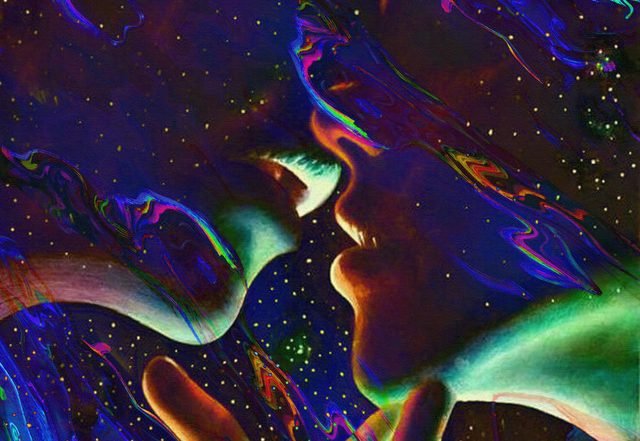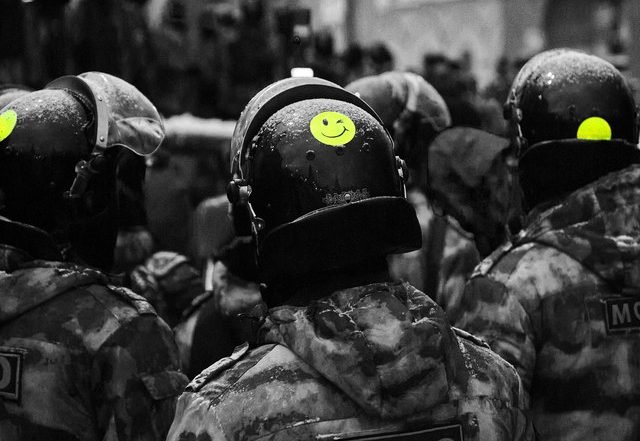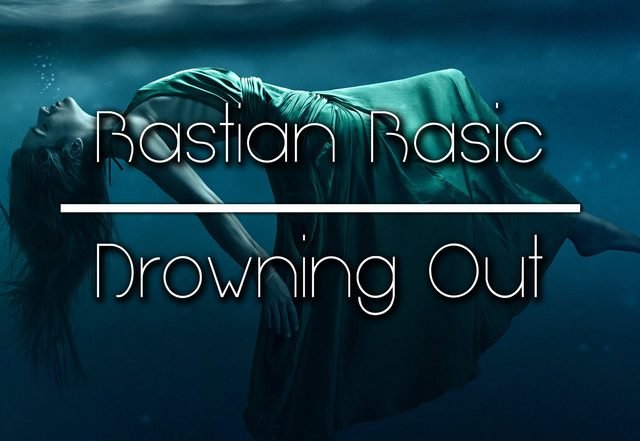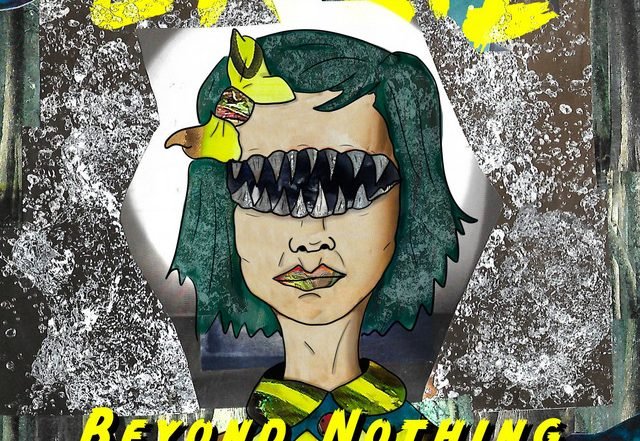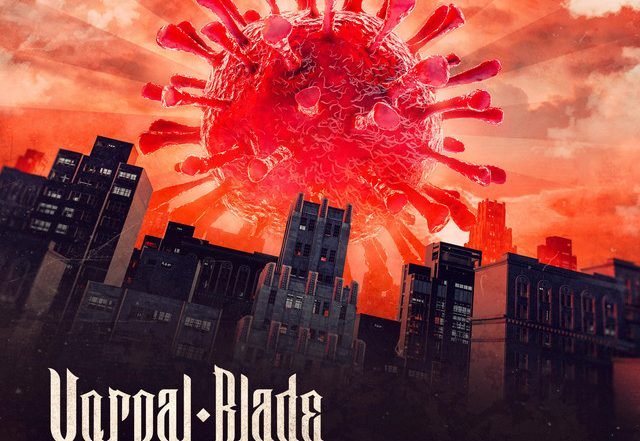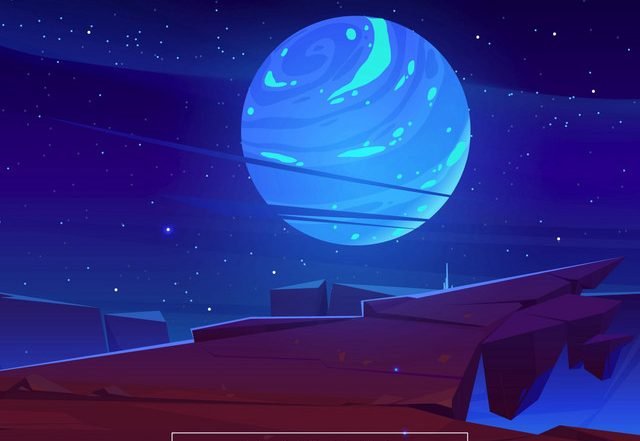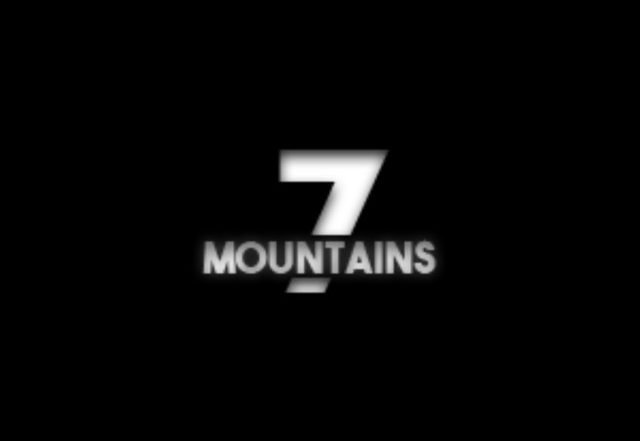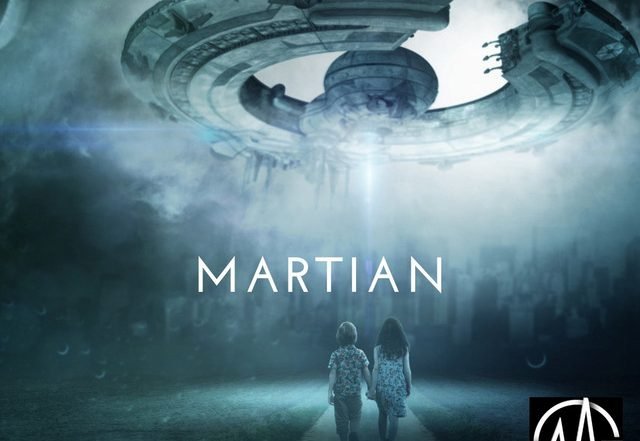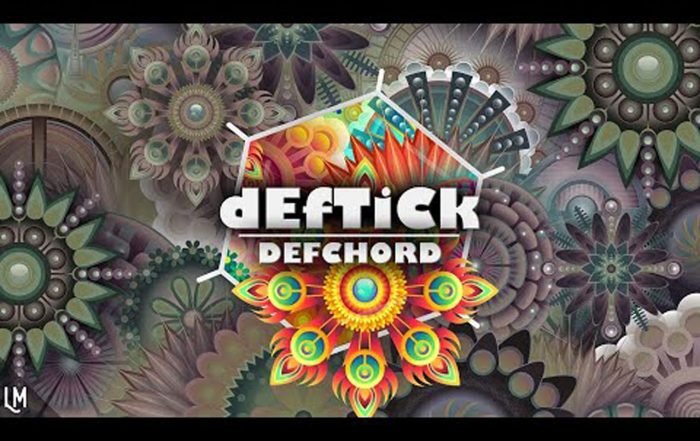Psytrance Music ⁞ New Releases⁞ Artist Interviews⁞ Music News
Introduction of Psytrance Music
Psytrance (short for “psychedelic trance”) is a subgenre of electronic dance music that originated in the 1990s in Goa, India. It is characterized by fast, repetitive beats and energetic, psychedelic melodies and sound effects. The music is often accompanied by trippy, colorful visuals and is popular at raves, festivals, and clubs around the world.
Psytrance is known for its fast tempo, typically around 145-150 beats per minute, and its use of repetitive, trance-inducing rhythms and melodies. The genre is heavily influenced by trance, techno, and ambient music, and often incorporates elements of world music, particularly from India and the Middle East.
The lyrics of psytrance songs often revolve around themes of self-discovery, spiritual growth, and social and environmental consciousness. The genre is known for its positive, energetic vibe and is often associated with the counterculture movement.
In terms of production, psytrance tracks often feature complex layering of sounds and use a wide range of synthesizers and electronic effects to create a unique and immersive soundscape. The genre is constantly evolving, and new subgenres and styles have emerged over the years, such as goa trance, full-on, and darkpsy.
Latest Psytrance discoveries
Beat Controllers – You and Me (Spotify)
“Prepare your ears for this strong Psytrance kick. After a smooth, vocal driven i... More on Nagamag.com #psytrance #nagamag #musicmagazine Artist's Socials: FB: @BeatControllers IG: @beatcontrollers
Hardcoaler – Hybrid Warfare (Spotify)
“Hardcoaler has another dynamite for his Psytrance fans. Increadibly fast, influe... More on Nagamag.com #trance #psytrance #nagamag #musicmagazine Artist's Socials: FB: @hardcoaler IG: @hardcoaler TW: @hardcoaler
Bastian Basic – Drowning Out – Radio Edit (Spotify)
“The old master "Bastian Basic" strikes with his mind-blowing release. Psytrance ... More on Nagamag.com #trance #psytrance #nagamag #musicmagazine Artist's Socials: IG: @bastianbasic
Enzil – Between Nothing and Everything (Spotify)
“Get ready for this fast, mind tripping and mysterious Psytrance dynamite from "E... More on Nagamag.com #trance #psytrance #nagamag #musicmagazine Artist's Socials: FB: @enzilofficial IG: @enzil.official
Vorpal Blade – POC19TIVE (Spotify)
“What do you expect from PSYTRANCE? Pronounced and rectifying bassline, beautiful... More on Nagamag.com #psytrance #nagamag #musicmagazine Artist's Socials: IG: @vorpalbladepsy
A-Dyad – Brainquake (Spotify)
“Only furious loops of pure Psytrance and synth madness can cause a "Brainquake".... More on Nagamag.com #psytrance #nagamag #musicmagazine Artist's Socials: IG: @a_dyad_official
7 Mountains – Brake (Spotify)
“Break the chains of sound stagnation and trust Psytrance for your total mood cha... More on Nagamag.com #psytrance #nagamag #musicmagazine Artist's Socials: FB: @7Mountains-108151168012326 IG: @7mountains_music TW: @7mountains2
Bionic Pulse – Martian (Spotify)
“Stunning new arrival from "Bionic Pulse"! Make sure you receive the vibrating sp... More on Nagamag.com #psytrance #nagamag #musicmagazine Artist's Socials: FB: @BionicPulseAU IG: @bionic_pulse_official TW: @bionicpulse1
Deftick – Defchord (Original Mix) (Video)
“Deftick Psydub new delivery. Balanced pattern progression, which guarantee the s... More on Nagamag.com #psydub #psychill #psytrance #deftick #nagamag #musicmagazine Artist's Socials: IG: @deftickmusic
Some Psytrance subgenres
There are several subgenres within the psytrance genre, each with its own unique style and characteristics:
Goa trance: This subgenre originated in Goa, India in the 1990s and is characterized by a faster tempo, typically around 150-160 beats per minute, and a more psychedelic sound.
Full-on: This subgenre is characterized by a more melodic and uplifting sound, often incorporating elements of techno and trance.
Darkpsy: This subgenre is characterized by a darker, more aggressive sound and often incorporates elements of horror and science fiction.
Forest trance: This subgenre is characterized by a slower tempo and a more atmospheric, ethereal sound, often incorporating elements of nature and environmentalism.
Hi-tech: This subgenre is characterized by a faster tempo and a more experimental, futuristic sound, often incorporating elements of techno and breakbeat.
Suomi trance: This subgenre originated in Finland and is characterized by a heavy use of synthesizers and a more experimental, psychedelic sound.
Progressive trance: This subgenre is characterized by a slower tempo, typically around 128-136 beats per minute, and a more progressive, evolving sound.
Tech trance: This subgenre is characterized by a faster tempo and a more technical, mechanical sound, often incorporating elements of techno and progressive trance.
Psybient: This subgenre is a fusion of psytrance and ambient music, characterized by a slower tempo and a more atmospheric, ethereal sound.
Psydub: This subgenre is a fusion of psytrance and dub music, characterized by a slower tempo and a more experimental, psychedelic sound.
Psybreaks: This subgenre is a fusion of psytrance and breakbeat music, characterized by a faster tempo and a more energetic, danceable sound.
Psycore: This subgenre is characterized by a faster tempo and a more aggressive, hardcore sound, often incorporating elements of punk and metal.
These are just a few examples of the many subgenres within the psytrance genre. The genre is constantly evolving, and new subgenres and styles continue to emerge over time.
The most used instruments in Psytrance Music
In terms of electronic instruments, psytrance music typically uses a wide range of synthesizers, drum machines, and electronic effects to create its unique sound. Some common electronic instruments used in psytrance production include:
Synthesizers: Synthesizers are electronic instruments that generate sounds using oscillators, filters, and other electronic circuits. Psytrance producers often use a variety of synthesizers, including both hardware and software versions, to create a wide range of sounds, from psychedelic melodies to pulsating basslines.
Drum machines: Drum machines are electronic instruments that generate drum sounds using pre-programmed patterns or user-inputted rhythms. Psytrance producers often use drum machines to create complex, repetitive rhythms and beats.
Samplers: Samplers are electronic instruments that allow producers to record and manipulate audio samples, such as loops or individual sounds. Psytrance producers often use samplers to create intricate soundscapes and add depth and variety to their tracks.
Effects processors: Effects processors are electronic devices that alter the sound of an audio signal in various ways, such as by adding reverb, delay, or distortion. Psytrance producers often use a variety of effects processors to create unique sound effects and add depth and complexity to their tracks.
Vocals: Vocals are used in some psytrance tracks, but they are generally less common in the genre compared to other forms of electronic dance music. When vocals are used in psytrance, they are typically used in a more atmospheric or abstract way, rather than as a traditional sung verse-chorus structure.
Psytrance producers may use vocals in a number of ways, such as layering them over the top of a track to add texture and depth, or using them as a rhythmic element within the music. Some producers may also use vocal samples or manipulate the sound of vocals using electronic effects to create unique and otherworldly sounds.
Overall, vocals are used in a more experimental and creative way in psytrance, rather than as a central element of the music. The focus in psytrance is often on the instrumentation and production, rather than the lyrics or vocals.
In addition to electronic instruments, some psytrance producers may also incorporate live instruments, such as guitars, percussion, or vocals, into their tracks. However, the use of live instruments is generally less common in psytrance compared to other genres of electronic music.

